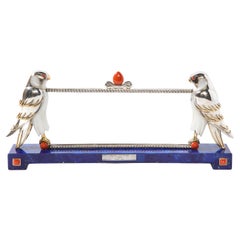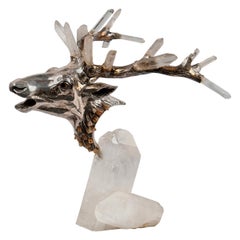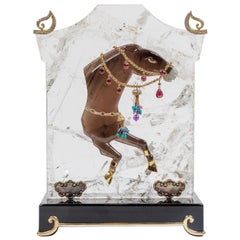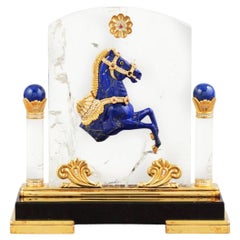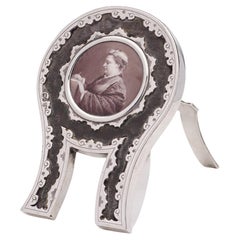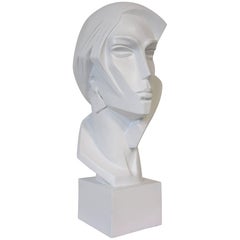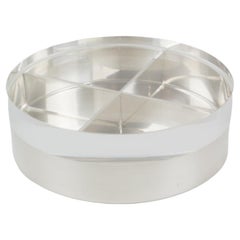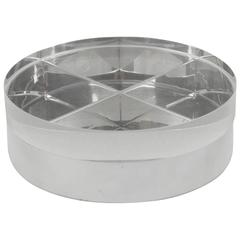Mellerio
With a history spanning more than 400 years, Mellerio is officially the oldest jewelry house in France. Known for their timeless and exquisite bracelets, rings, brooches and other pieces, Mellerio has counted the likes of Queen Victoria, Marie-Antoinette, Marie de' Medici and other historically important figures as clients.
Mellerio’s story began in 1613 with members of the Mellerio family — descendants of Italian immigrants — who worked as goldsmiths in Paris. During the late 18th century, Jean-Baptiste Mellerio (1765-1850) sold his jewelry and trinkets in town fairs and near royal residences around France. Outside of the Palace of Versailles, his finely crafted jewelry caught the eye of Marie-Antoinette, who reportedly bought a bracelet featuring seven cameos surrounded by rubies.
Marie-Antoinette’s patronage helped broaden Mellerio’s reach as a jeweler for many French nobles and aristocrats, and, in 1796, he opened a store at 20 Rue Vivienne in Paris. In 1800, the business relocated to the Rue du Coq St. Honoré near the Tuileries Palace and, in 1832, moved again to 9 Rue de la Paix.
Today, Mellerio is owned and operated by the 15th generation of the Mellerio family. From their workshop above their historic boutique at 9 Rue de la Paix, they specialize in creating jewelry in styles such as Art Nouveau and Art Deco that is set with diamonds, rubies, emeralds, sapphires and more.
Among Mellerio’s most coveted pieces are its decorative boxes and cases, gold and silver-gilt figurines and sculptures, dazzling bands and engagement rings. Their fine jewelry collection also features an impeccable array of bracelets, necklaces, earrings and a range of watches.
Throughout Mellerio’s illustrious history, the house has participated in numerous exhibitions, including the World Exhibitions in London in 1862, Paris in 1867, Vienna in 1873 and again in Paris in 1878 and 1900. Mellerio exhibited at the Exposition Internationale des Arts Décoratifs et Industriels Modernes in 1925, which brought Art Deco to a global stage, and the New York World’s Fair in 1939.
Mellerio dits Meller continues its long-standing legacy as one of the world’s finest jewelers, attracting royalty, celebrities and discerning collectors of luxury adornments.
On 1stDibs, discover a range of antique and vintage Mellerio jewelry and objets d’art and vertu.
21st Century and Contemporary French Mellerio
Coral, Lapis Lazuli, Silver
1980s French Modern Vintage Mellerio
Rock Crystal, Silver
20th Century French Mellerio
Jade, Quartz, Rock Crystal, Gold, Silver
20th Century French Mellerio
Lapis Lazuli, Rock Crystal, Gold, Silver
1870s British Late Victorian Antique Mellerio
Silver
Late 20th Century American Modern Mellerio
Plaster
1920s English Edwardian Vintage Mellerio
Sterling Silver
Mid-20th Century French Mellerio
Walnut
Mid-19th Century French Antique Mellerio
Giltwood
1950s Austrian Mid-Century Modern Vintage Mellerio
Brass
Mid-20th Century American Mid-Century Modern Mellerio
Bronze
1980s French Romantic Vintage Mellerio
Terracotta
Early 20th Century American Industrial Mellerio
Metal
1920s Austrian Folk Art Vintage Mellerio
Bentwood
20th Century Afghan Mellerio
Lapis Lazuli
Mid-20th Century German Rustic Mellerio
Wood, Antler
1970s French Mid-Century Modern Vintage Mellerio
Metal, Silver Plate
1970s French Mid-Century Modern Vintage Mellerio
Silver Plate
1950s French Mid-Century Modern Vintage Mellerio
Silver
Mellerio furniture for sale on 1stDibs.
Creators Similar to Mellerio
- How old is Mellerio jewelry?1 Answer1stDibs ExpertApril 5, 2022Founded in 1613, Mellerio dits Meller is a 400-year-old French jewelry house. Jean-Baptise Mellerio founded Mellerio dits Meller, and the brand claims to be the oldest family-owned company in Europe. You’ll find a large collection of Mellerio jewelry on 1stDibs.
- How old is Mellerio Paris?1 Answer1stDibs ExpertApril 5, 2022Mellerio dits Meller is a French jewelry house founded in 1613 by the Mellerio family. The brand claims to be the oldest family-owned company in Europe with over 400 years in business. Browse a collection of Mellerio jewelry pieces on 1stDibs.
